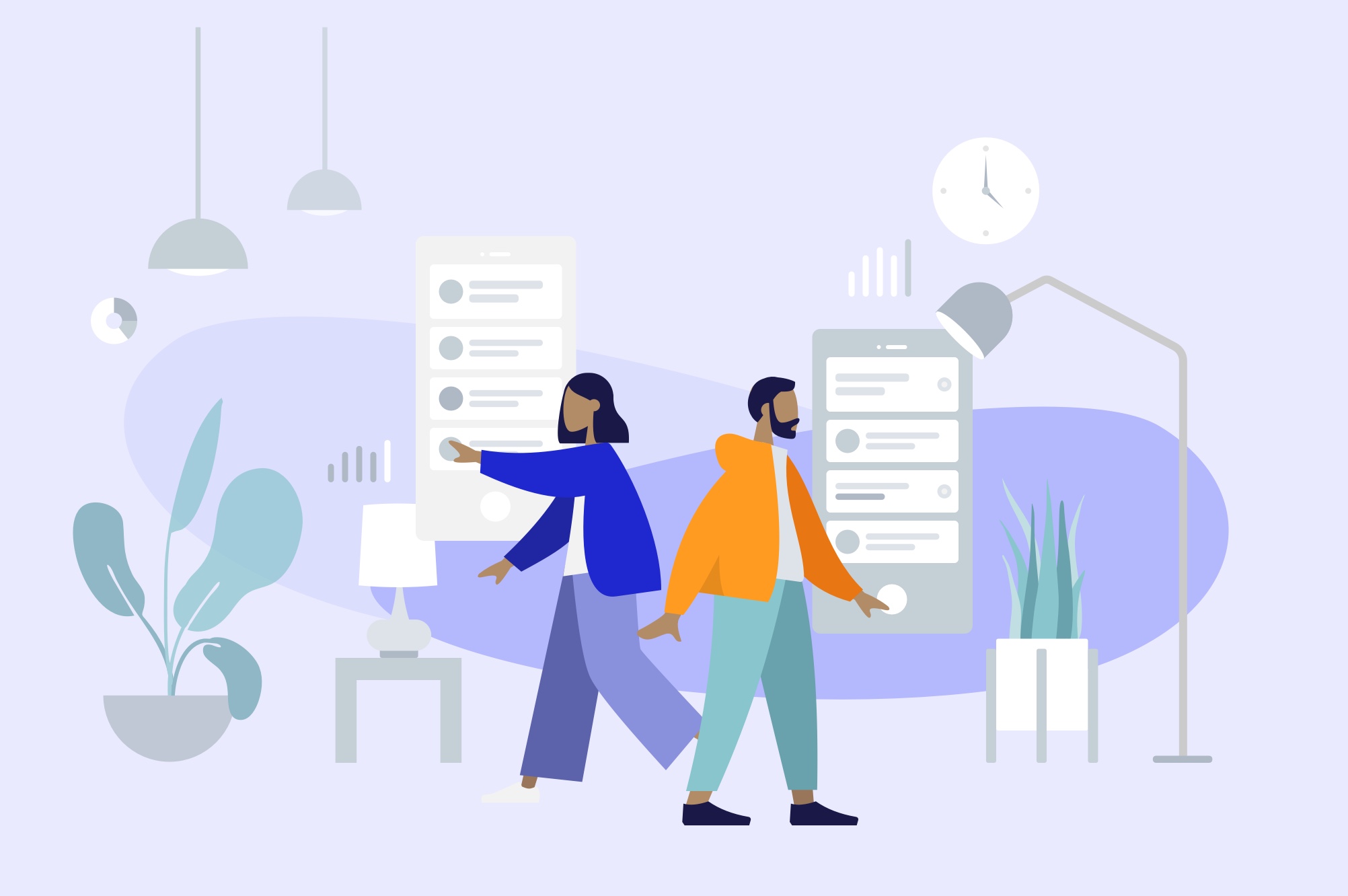Internet of Things (IoT) is a term that has been increasingly present in the media over the last couple of decades. Mut what exactly is it, how does ithow does it work and what opportunities does it open up? In thisthis post we will try to provide answers tothese questions in a simple and understandable way.
What is IoT?
IoT is the collection of all things that have the ability to connect to the internet.
TIn the past it has in the main has been PCs, telephones and tablets sthat havet access to the internet, but with IoTs advance it has become more common to connect to things like smoke detectors, TVs, coffee machines, light bulbs, sensorer ol. This allows them to communicate and interact with eachothers in a way they could not before. With this technology we can we can now create smart homes that controlcontrols heating according to the price of electricity, smart agriculture that sayis infrom when it is necessary å watere, smart cars that can be controlled from telefonand much more.

How does it work IoT?
The functionality of at IoT system can be divided into into five layers.
- The first is the physical layer, consisting of IoT devices. These are typically sensors, aktuators and other devices that can collect data or affect the environment.
- Then we have communicationication team which ensures that that the entities in the physical layer can talk to each other. There are a number of communicationprotocols that the devices can use, including Wifi, Bluetooth, Zigbiee, Z-wave, MTTQ and Ethernet to name a few. All protocols have different advantages and disadvantages when it comes to price, rangebandwidth and power consumption.
- The aggregation layer then takes care of collecting together the data and send it to the processing layer. This is usually done by an IoT-gateway, hub or MTTQ broker. A modern IoT-gateway can usually usually handle multiple communication protocols so that different IoT-devices can be used in the same system.
- Processing team then ensures that that the data is processed and storedand is often done in a cloud service.
- Finally, it ensures application team provides a user interface that makes it easy for bruser to interact with the system.

IoT and other technologies
With IoT also opens up the possibility of using a range of other technologies more effectively.
Machine learning
For example, machine learning is entirely dependent on large amounts of high quality dataand with the IoT we can collect and store data in a much more efficient way thann previously. This opens up the possibility to see new connections and optimise processes we previously had no opportunity to.
A very straightforward example of this is å predicting when maintenance maintenance on industrial machines. You can now place a large number of sensors on differenton different machines, and send the data from these to a machine learning algorithm which then tells it when it is it is time for maintenance. This allows you to fix things before they break while avoiding unnecessary frequent maintenance.
Edge computing
The large volumes of data also bring with them the need to filter and process the data locally where the bandwidth of connection is limited. This is what is called edge computingand means that reduce the amount of data that needs to be sent over the network. Ultimately, it brings with it a security risk å sending large amounts of data over the the internet, and here blockchain technology can be used to track and verify the data.

Want to learn more?
Do you want to know more about IoT ?
Sign up to our newsletter to stay updated on our next morning seminar, or take a look at one of our other blog posts.or take a look at one of our other blog posts.
We can help you digitise your business - book a meeting with us!

